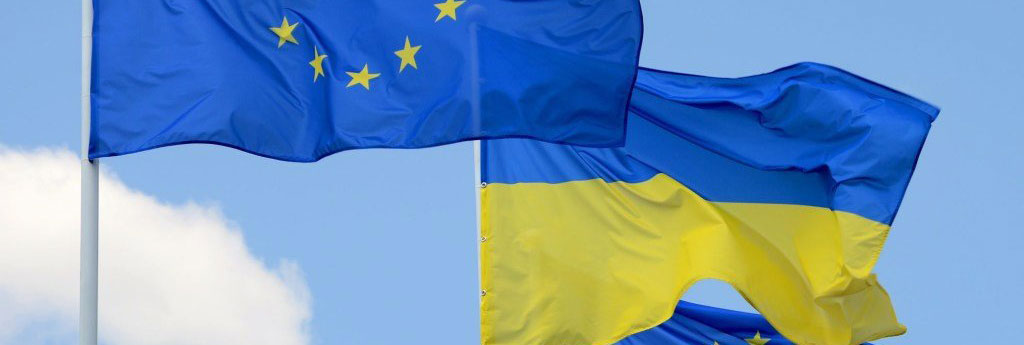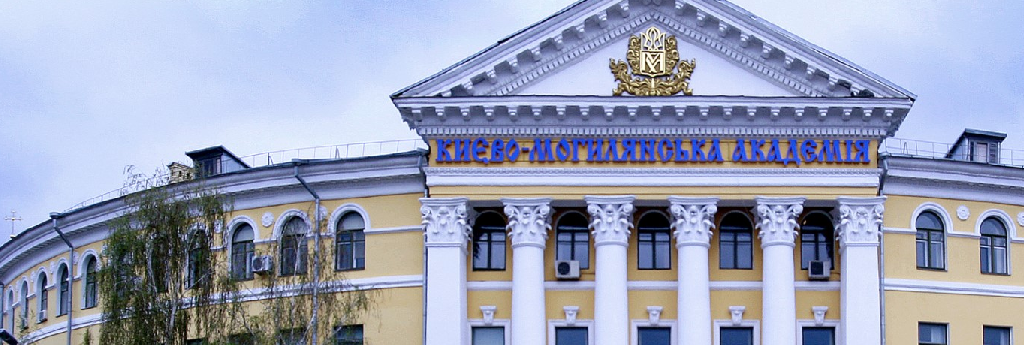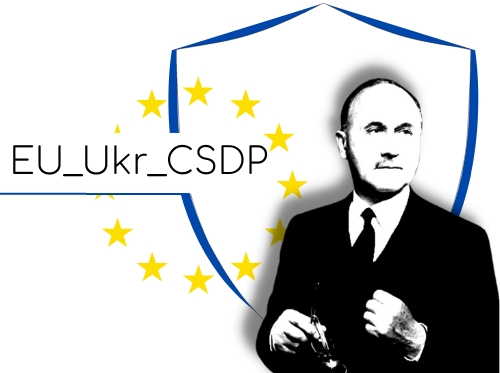Military CSDP Capabilities

The EU disposes of a unique array of instruments to help promote peace and security where needed.
The world is changing and Europe faces an increasingly complex and uncertain security environment. There is a growing demand for the European Union to become more capable, more coherent and more strategic as a global actor. A comprehensive approach is a key asset to tackle the complex, multi-actor and multidimensional crises and growing security threats of today and tomorrow, as highlighted in the Strategic Compass.
MILITARY CAPABILITIES
On 19 November 2007, the Council of the European Union (EU) approved the Progress Catalogue 2007, the culmination of the process launched in the wake of the approval of the Headline Goal 2010. The Catalogue identifies quantitative and qualitative military capability shortfalls on the basis of the requirements set out in the Requirements Catalogue 2005 and the contributions compiled in the Force Catalogue 2007. It analyses their potential implications for military tasks to be carried out in crisis management operations.
The overall conclusion of the Progress Catalogue 2007 is that the EU, with a view to 2010, has the capability to conduct the full spectrum of military CSDP operations within the parameters of the Strategic Planning Assumptions, with different levels of operational risk arising from the identified shortfalls.
Some of the shortfalls identified are regarded as critical; they relate to the capability to transport forces to theatre, to deploy them in theatre, to protect them and to acquire information superiority.
On that basis, a Capability Development Plan (CDP) was submitted on 8 July 2008 to the Steering Board of the European Defence Agency (EDA) composed of Member States' "Capabilities" chiefs. The Board endorsed the CDP conclusions and started work on an initial list of priority capability areas. The EDA, the Member States, the EU Military Committee (EUMC) the EU Military Staff (EUMS) and the General Secretariat of the Council will all cooperate in this task.
At the Cologne European Council in June 1999, EU leaders agreed that "the Union must have the capacity for autonomous action, backed by credible military forces, the means to decide to use them, and the readiness to do so, in order to respond to international crises without prejudice to actions by NATO".
At the European Council in Helsinki in December 1999, the so-called Helsinki Headline Goal was established, setting amongst others the following targets:
- co-operating voluntarily in EU-led operations, Member States must be able, by 2003, to deploy within 60 days and sustain for at least 1 year military forces of, the Union will be able to carry out the full range of the tasks gi up to 50,000-60,000 persons capable of the full range of tasks stated in Article 17 of the Treaty on European Union (TEU).
- new political and military bodies and structures will be established within the Council to enable the Union to ensure the necessary political guidance and strategic direction to such operations, while respecting the single institutional framework.
In May 2003, the Council confirmed that the EU now has operational capability across the full range of Petersberg tasks, limited and constrained by recognised shortfalls. These limitations and/or constraints are on deployment time and high risk may arise at the upper end of the spectrum of scale and intensity, in particular when conducting concurrent operations. These limitations and constraints on full achievement of the Headline and Capability Goals could be alleviated if the recommendations on meeting the shortfalls are followed-up.
Source: eeas.europa.eu





